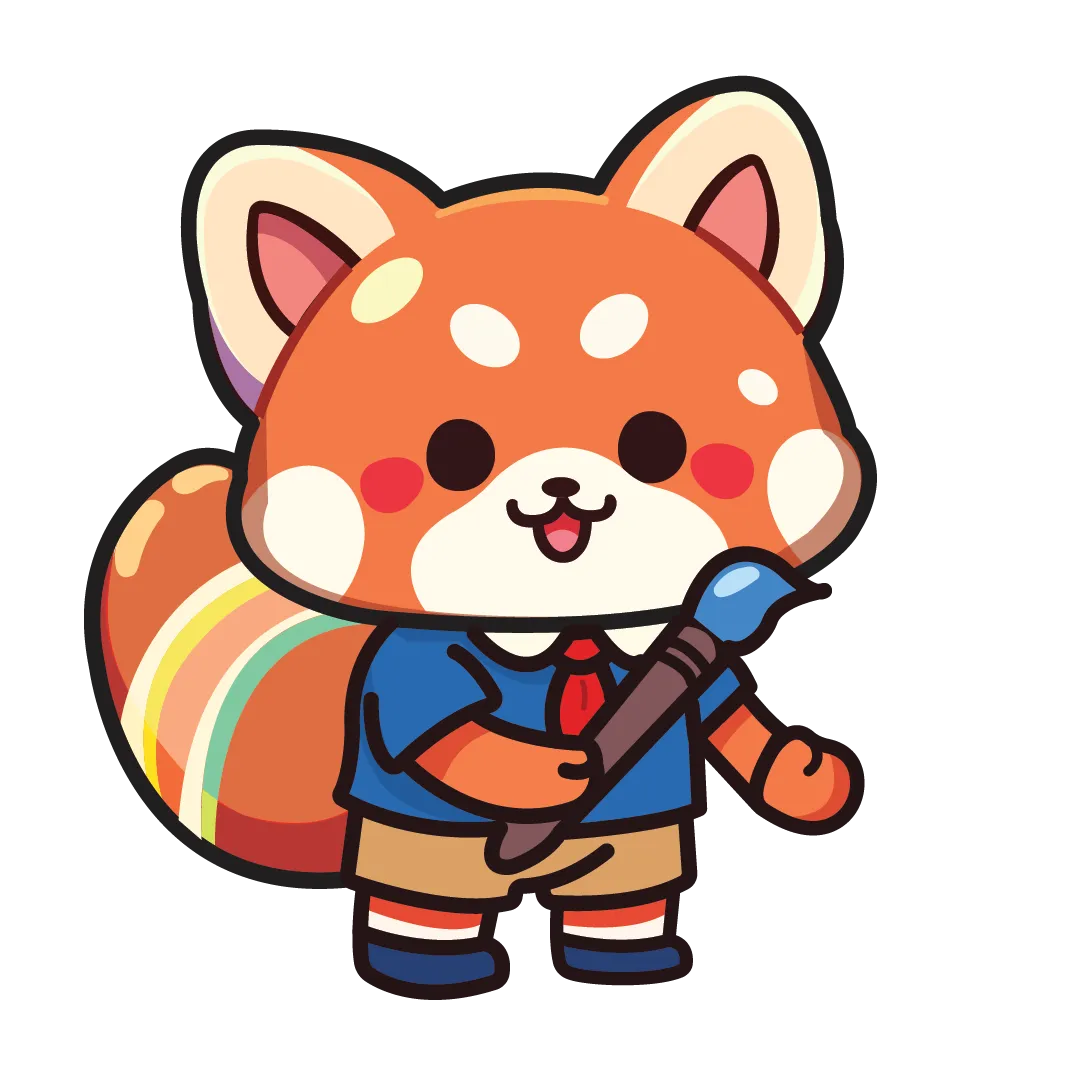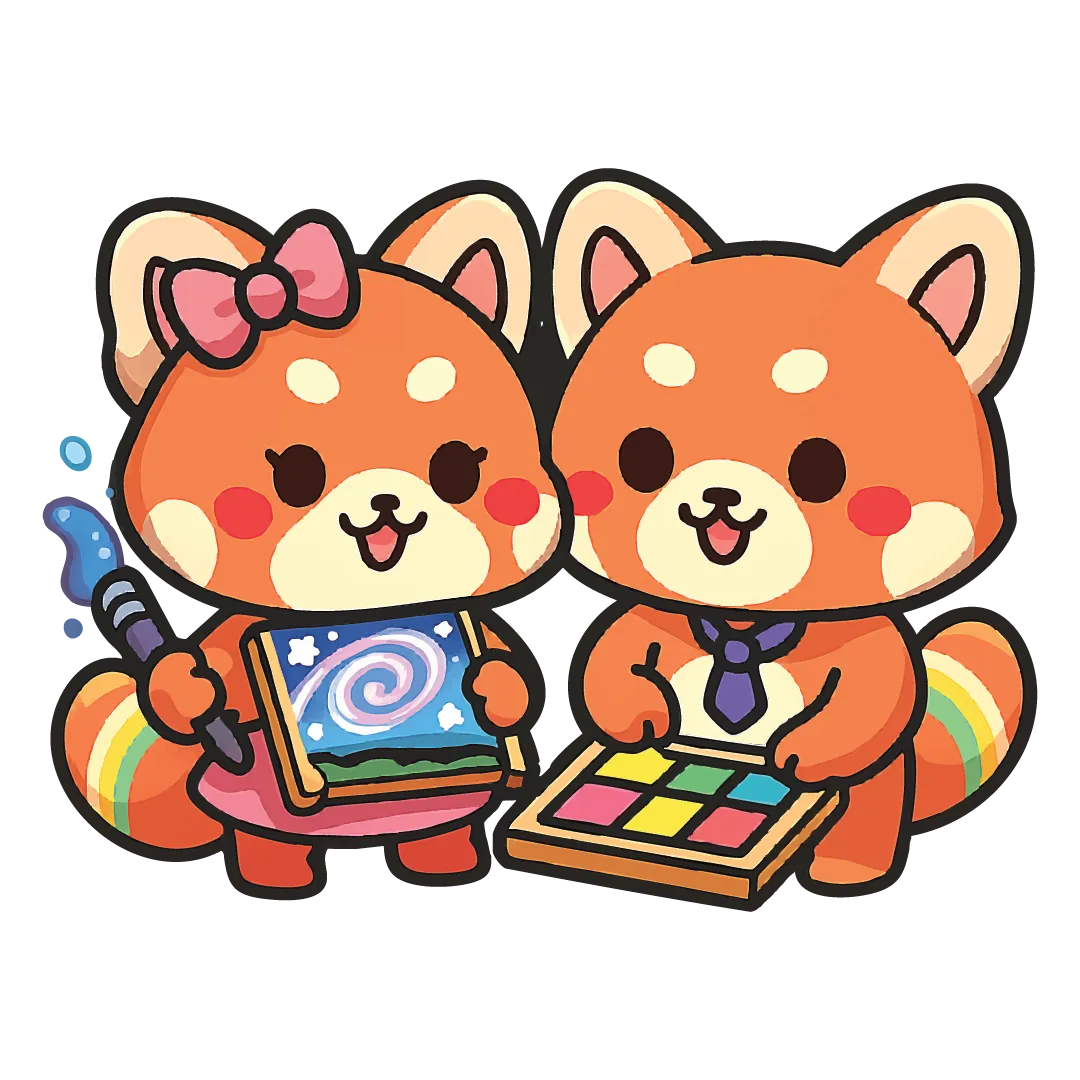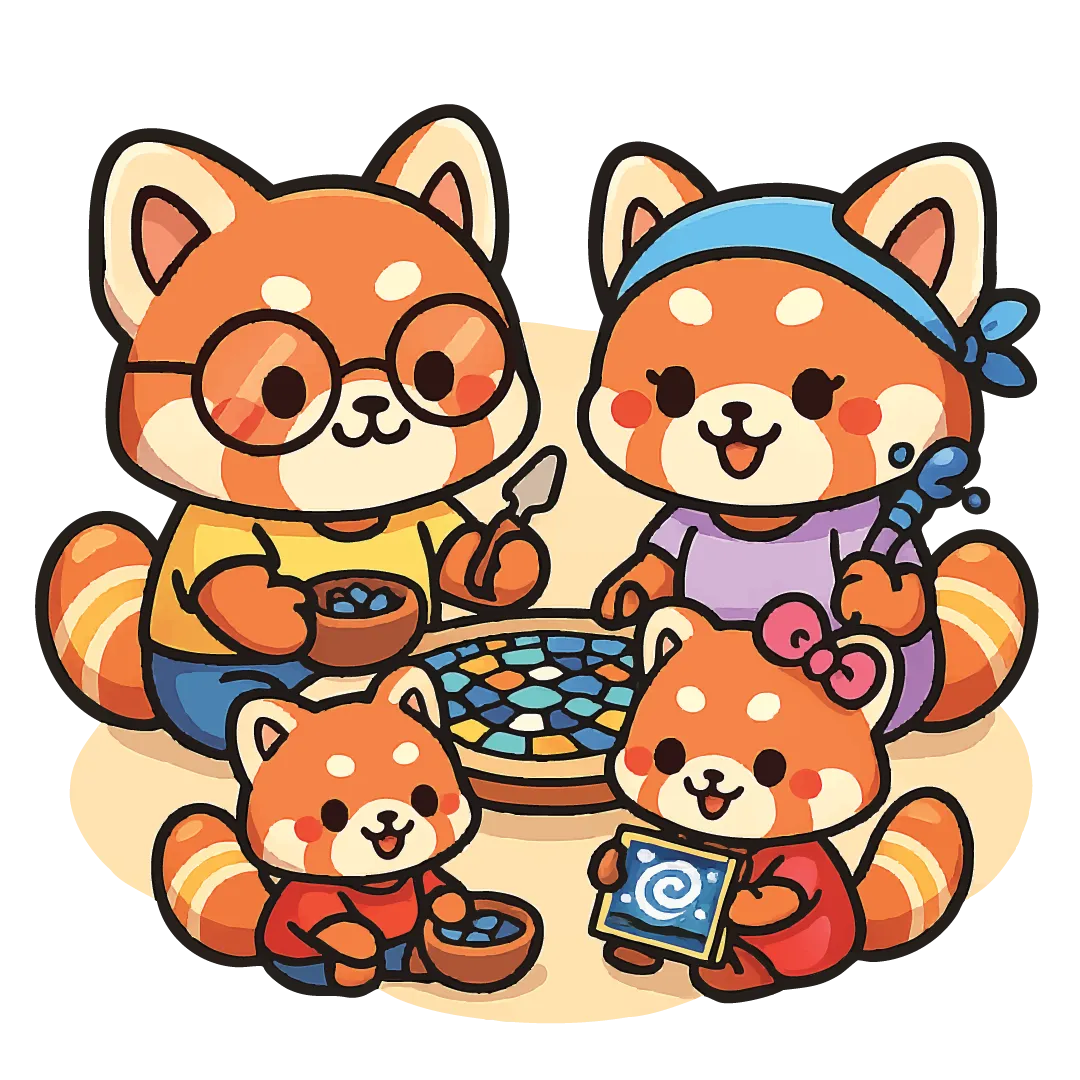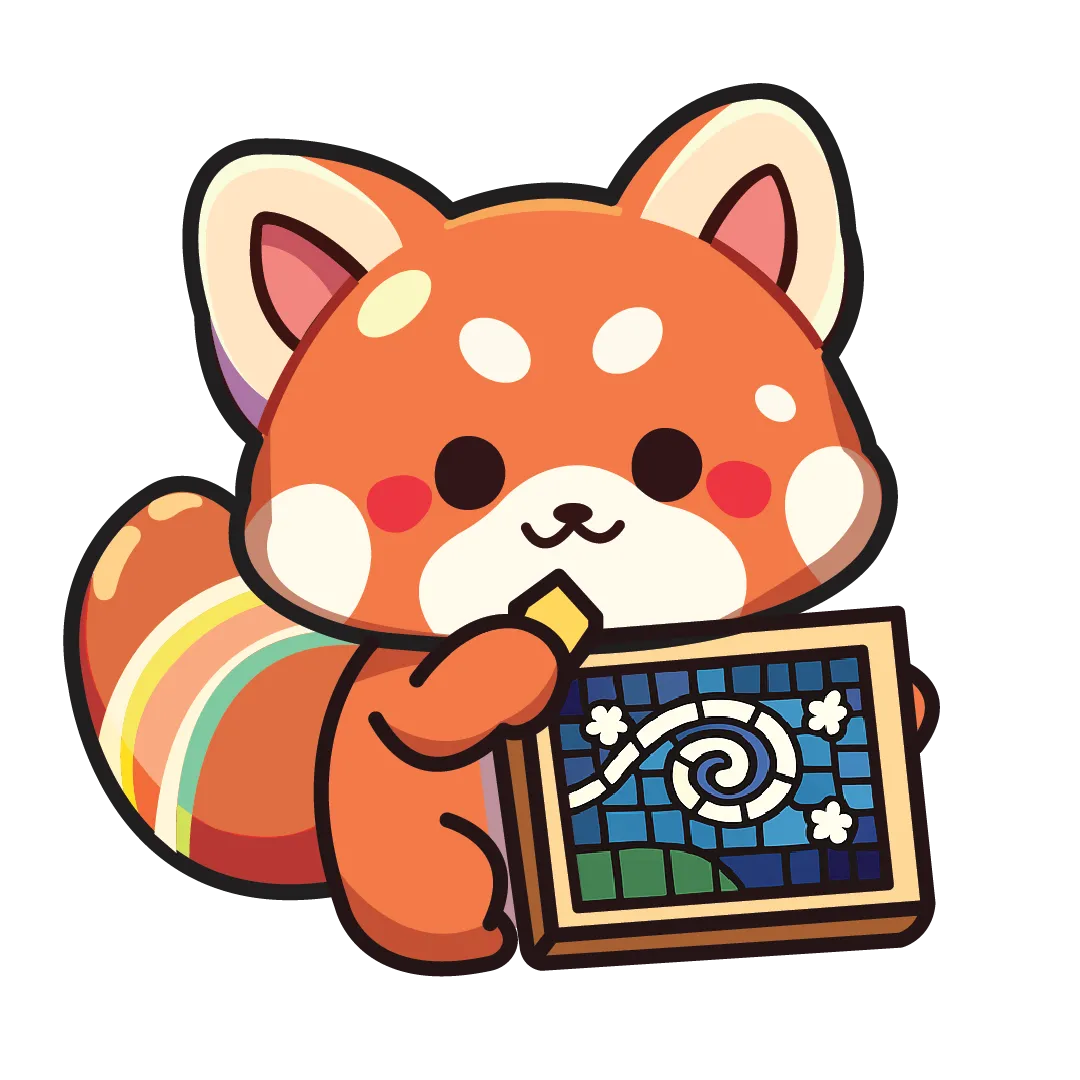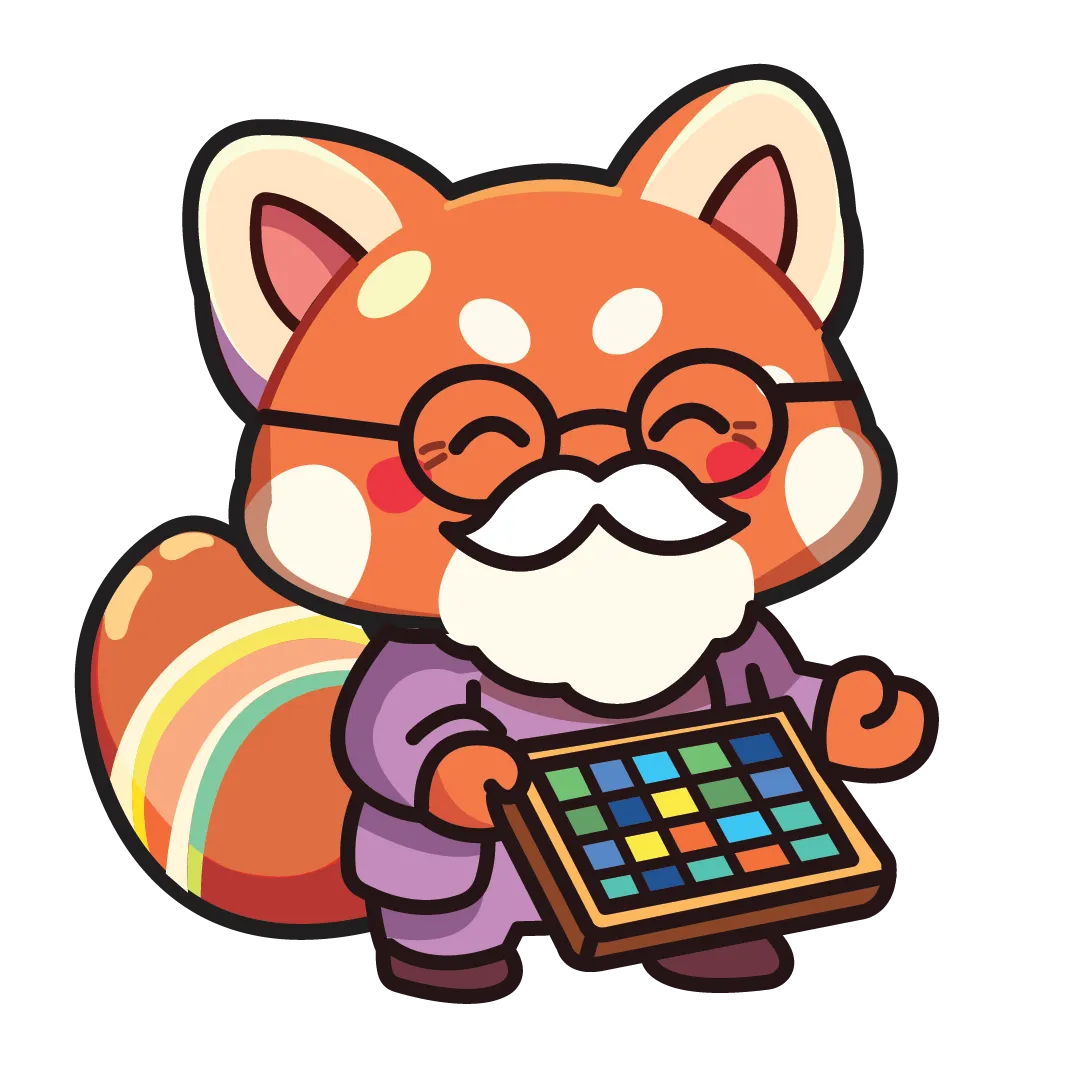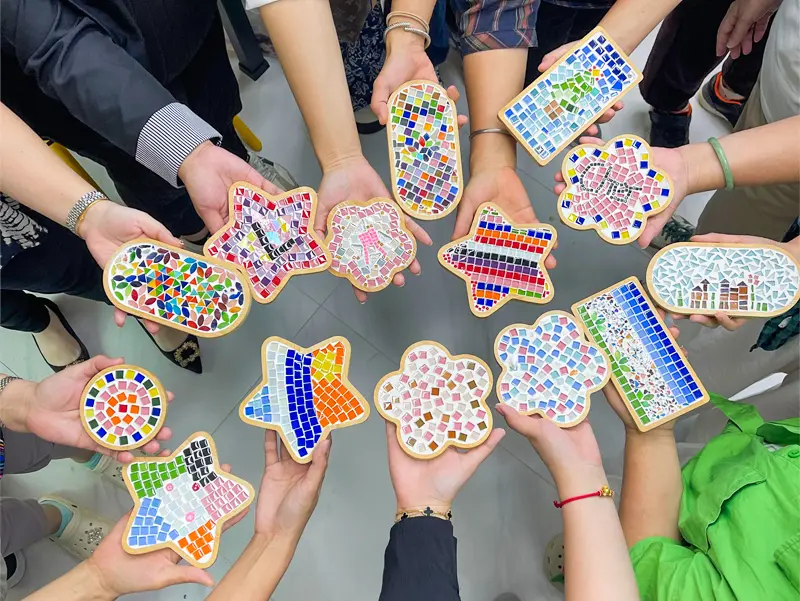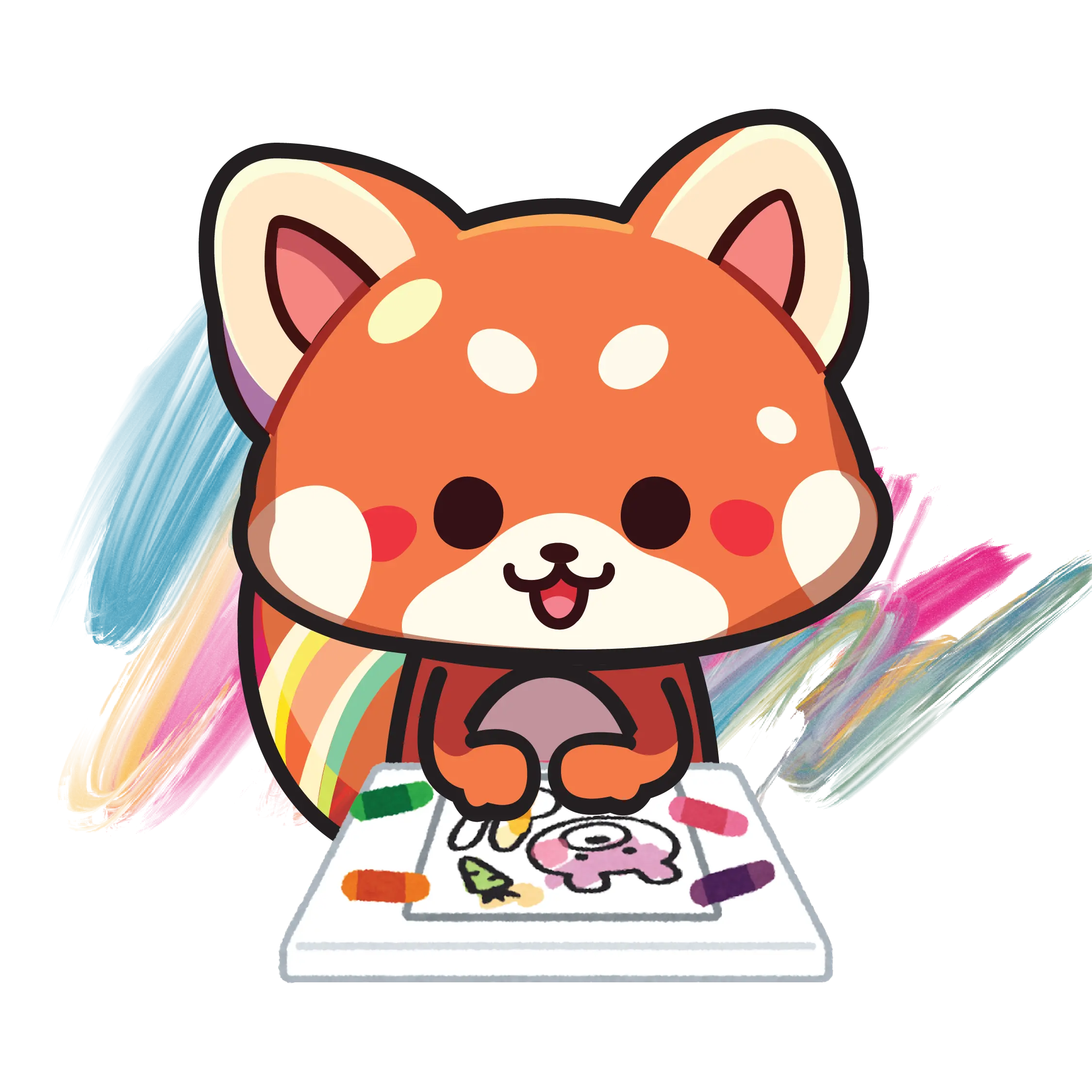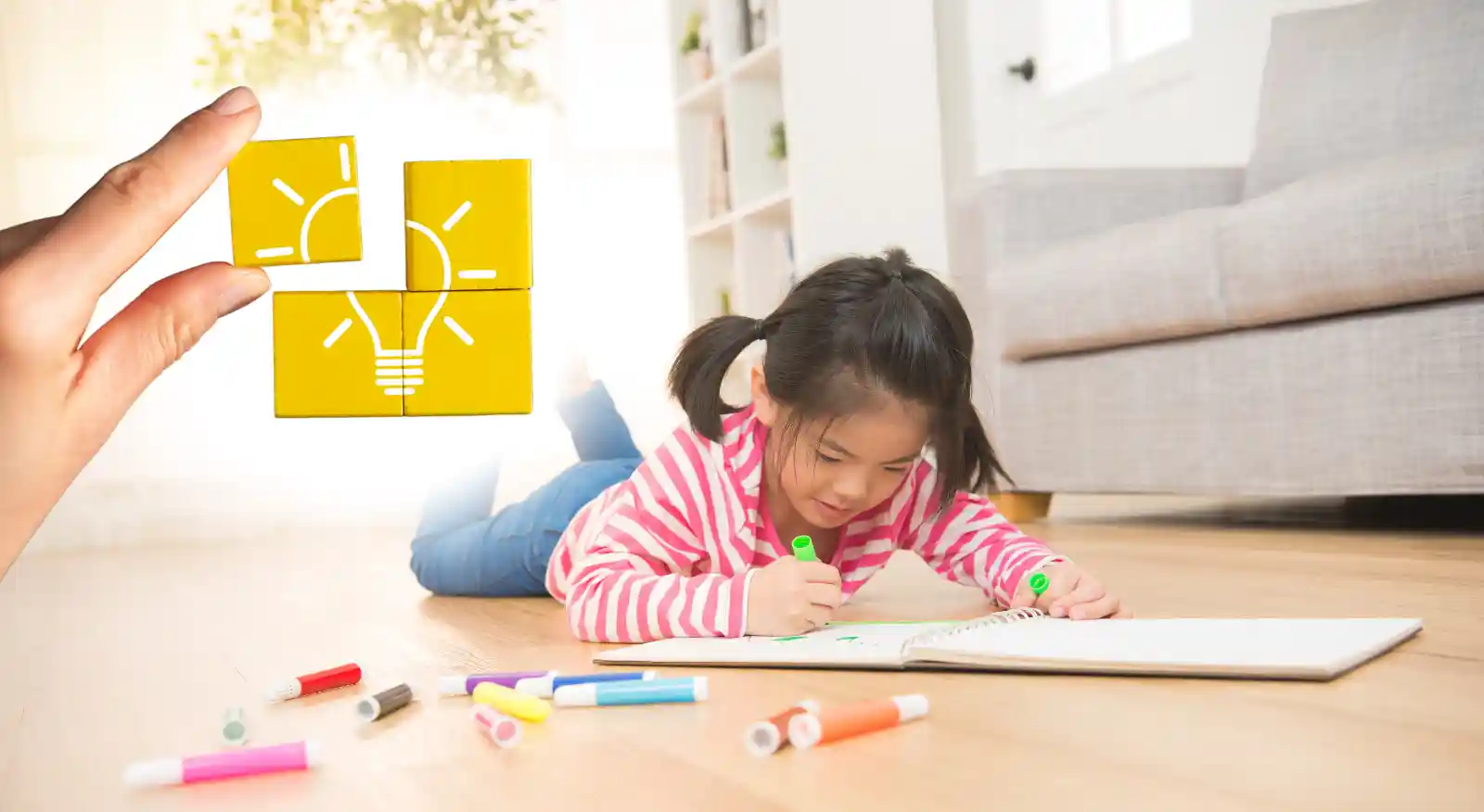
How to Foster Creativity in Children Through Art
Every child is naturally curious and full of imagination. One of the best ways to support their growth and learning is by encouraging creativity—and art is a powerful way to do it. Whether it’s drawing, painting, or making a mosaic, art helps kids explore their ideas, express emotions, and build confidence.
Here’s how you can help foster creativity in children through fun and meaningful art activities.
1. Create a Safe and Supportive Space
Children need to feel safe to express themselves freely. Set up a simple art corner at home or enroll them in a relaxed, welcoming art workshop. Make sure they know there are no “wrong” ideas or mistakes in art—only new ways to see and do things.
Encourage them by saying things like:
- “I love how you used those colors!”
- “Tell me more about your drawing.”
- “That’s such a creative idea!”
Support and encouragement go a long way in building a child’s confidence to explore more.
2. Let Them Make Choices
Creativity grows when kids are given freedom. Let them choose their tools, colors, or themes for their artwork. Whether they want to paint with brushes or fingers, make a mess, or create something wild and silly, it’s all part of learning.
Try asking:
- “What would you like to create today?”
- “Do you want to use paint, markers, or something else?”
- “Would you like to try cutting and gluing today?”
Giving children choices helps them become independent thinkers and decision-makers.
3. Focus on the Process, Not the Final Product
It’s easy to get caught up in how a child’s artwork looks. But creativity is more about the process than the outcome. Allow children to take their time, explore new materials, and enjoy making art without pressure.
Celebrate the effort, not just the result. Say things like:
- “You worked really hard on that!”
- “It’s fun watching your art come to life.”
- “Look at all the different things you tried!”
When children feel their effort is valued, they stay motivated and excited to try new things.
4. Use Different Materials and Techniques
Variety sparks creativity. Introduce your child to different types of art, such as:
- Mosaic art using colorful tiles and glue
- Painting with sponges, straws, or fingers
- Drawing with charcoal, pastels, or markers
- Crafting with recycled materials
Each new material or technique gives kids a fresh way to think and express their ideas. Even simple tools like paper, tape, and scissors can lead to endless possibilities.
5. Ask Open-Ended Questions
Instead of asking “What is it?”, try questions that help kids think about their work and reflect on their choices. For example:
- “What made you choose those colors?”
- “How did you come up with this idea?”
- “What story does your artwork tell?”
These types of questions help children explore deeper ideas and feel proud of their creative decisions.
6. Include Art in Daily Life
You don’t need a full setup or workshop to foster creativity. Add small creative moments throughout the day:
- Leave out blank paper and crayons on the table
- Encourage drawing on a chalkboard or whiteboard
- Let them decorate cards for family or friends
- Involve them in fun DIY projects at home
When art becomes part of daily life, children learn that creativity is everywhere—not just in studio rooms.
7. Take Art Outside the Home
Explore art museums, public murals, or creative community events together. Visiting a place like an art studio or joining an art jamming session allows children to try new ideas in a fun and inspiring environment.
At Art Journey, we offer kid-friendly mosaic art jamming workshops that guide children through creative play in a supportive setting. These sessions are designed to boost imagination, build fine motor skills, and help kids feel proud of their work.
8. Be a Role Model
Children learn a lot by watching adults. If they see you enjoying creative activities, they’re more likely to try them too. You don’t have to be a professional artist—just sit beside them and draw, paint, or craft together.
Your interest in their creative world tells them it’s important and worth exploring.

